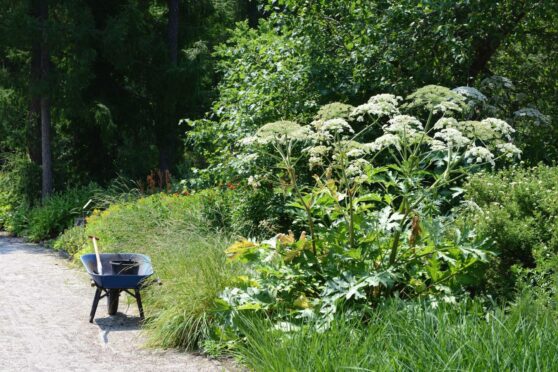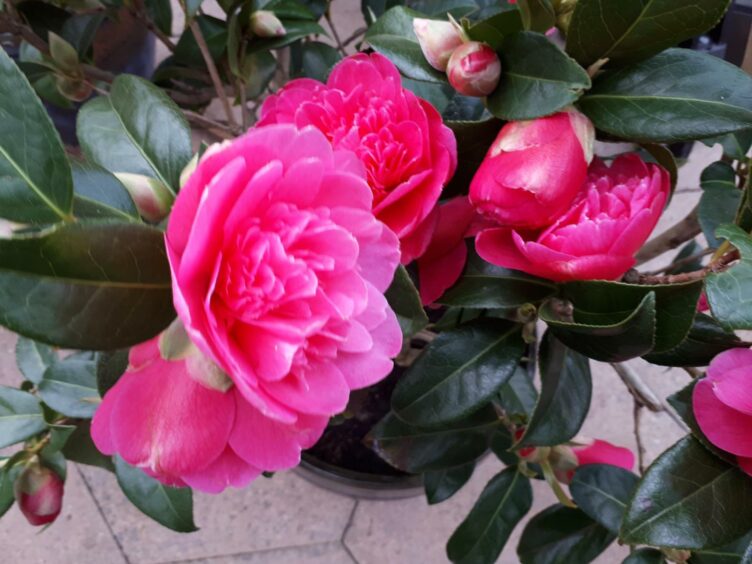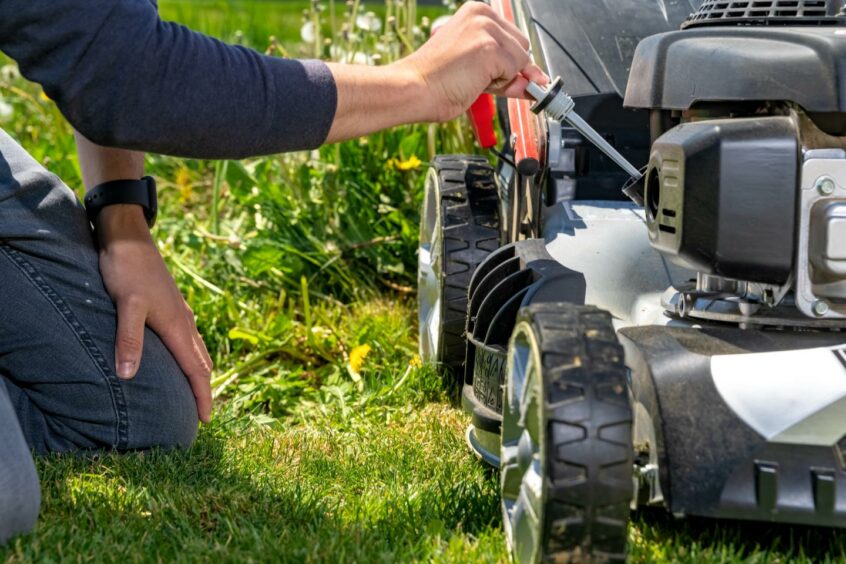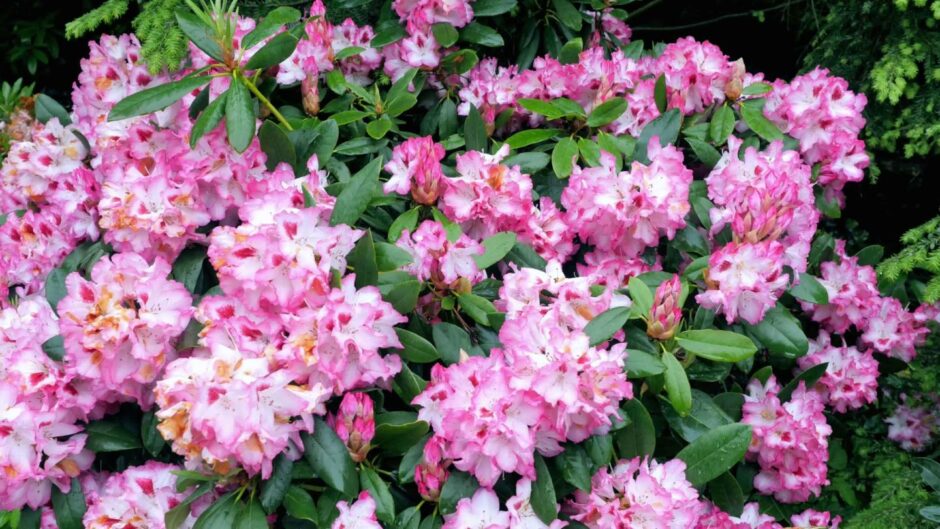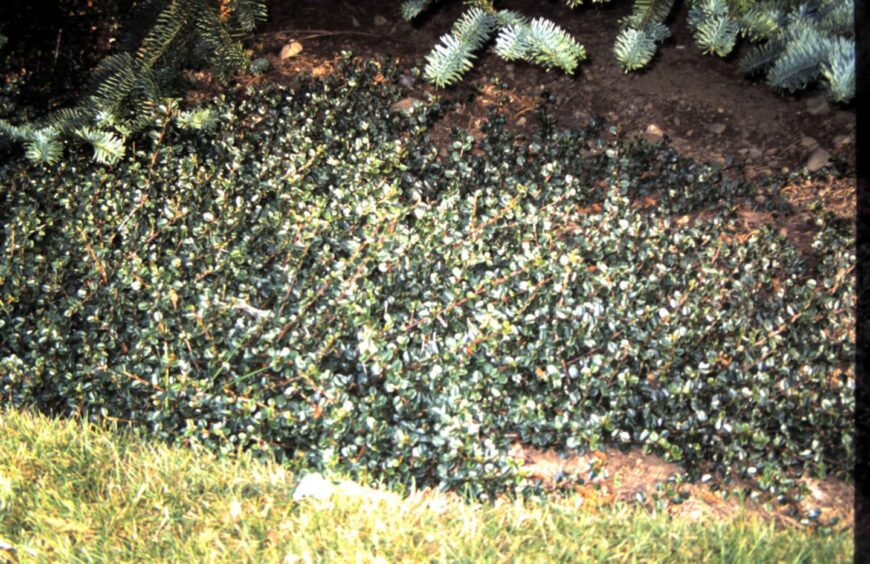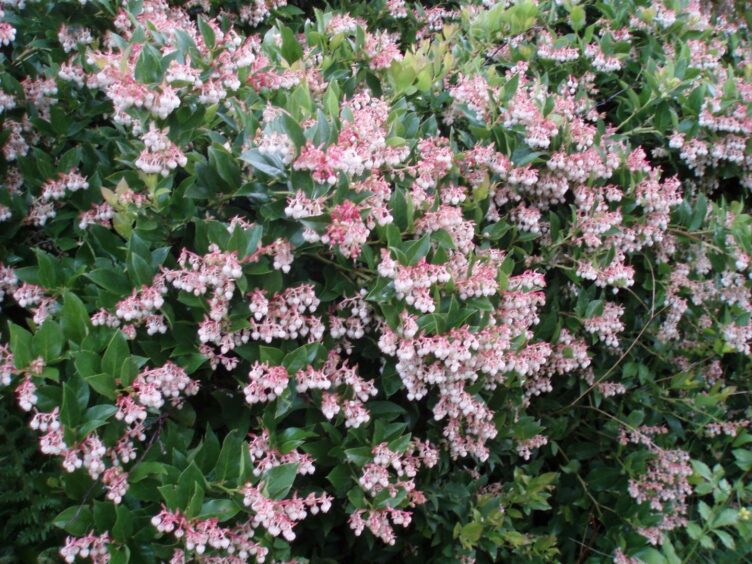Let us hope that we can enjoy some spring-like weather this week as many enjoy the celebration of St Valentine’s Day.
If you haven’t bought that gift yet mate, you could be in trouble.
On the other hand, a belated presentation of a lovely, in-flower Camellia in a pot would surely put things right.
So here we are, well in to February.
Last week I was on about getting seeds sown indoors, let me offer another reminder – have you checked out the condition of the lawnmower yet? I’m not suggesting that you will need to use it any time soon but “ye ken fit like”.
Get it on to the “to do” list.
That said, there’s no rush if you have been persuaded by the Plantlife organisation’s headline launched last year “No Mow May”.
The idea being to protect a range of early flowering plants growing in the lawn like buttercups and daises which in turn sustain a wide range of feeding birds and insects.
Rewilding
This particular element of rewilding even persuaded local authorities to stop mowing grass verges.
It is not something which I am attracted to probably because of my age and what I have grown accustomed to, so I will stick to my view that a “clean” (meaning weed-free) lawn is like a clean, crisp table cloth on which is spread the crockery, cutlery and goodies ready for the arrival of the guests.
A fine, clean lawn sets off the flower displays in and around it. I can assure you, however, that I do have a 1m x 30m space along one of our fence-lines which is allowed to go wild and which is strimmed noo and again.
Nuisance plants
Question: When is a weed, not a weed?
Answer: When it is classed as a wild flower.
Perversely, there have been a few serious consequences by taking the reverse view, some of which I have discussed before, for example when does a garden plant become a serious nuisance?
I only need to mention Rhododendron ponticum and Japanese Knotweed to highlight the point.
Does rewilding part of the garden because it is fashionable carry the risk of some plants escaping to become a nuisance?
I have already mentioned two.
Competition
On a wider scene, to put the problem in context, it has been suggested that many of the world’s flowering plants are in danger of extinction before the end of the century, one reason being competition.
Sticking with Plantlife, you might be very surprised indeed to see some of the baddies.
That old saying “one man’s meat is another man’s poison” becomes “one man’s prized specimen is another man’s problem plant”.
Suffice to say, we have to assume that many of the invasive plants, if not all, came to this country to be used in gardens and have been such successful competitors that, when they escaped into the wild they have quickly dominated huge areas at the expense of the existing native flora.
I’ve already mentioned Rhoddie and Japanese Knotweed, here are one or two more which will raise an eyebrow or two: Cotoneaster macrophyllus, one of the small leaved cotoneasters was first recorded in the wild in 1892 but now is in the top 15 baddies, as indeed is C. horizontalis.
The marvellous Gaultheria ‘Shallon’ will be well known to many of you as an excellent evergreen ground cover plant but with its suckering habit, in some areas, when it escapes, it has become a menace.
Of course, the most well-known problem is the Rhododendron ponticum, first recorded in the wild in 1894.
Sad isn’t it when we think of the many great gardens that arguably would not have existed today if it hadn’t been for the shelter provided by R ponticum.
And yet, in some areas, like Colonsay, for example, some years back, it spread like wildfire, creating impenetrable thickets and in the process choking out the native plants.
Giant Hogweed
We have a dangerous cracker here in the north-east, Giant Hogweed, which covers many a river bank – a real nasty.
I wouldn’t be surprised if it was introduced as desirable because of its majestic shape and huge handsome leaves.
Plants from other countries have been introduced to the UK for economic, social and cultural reasons and aren’t our gardens the richer for it. Regrettably, some turn out to be rogues when given their freedom – just like humans, it was ever thus.
